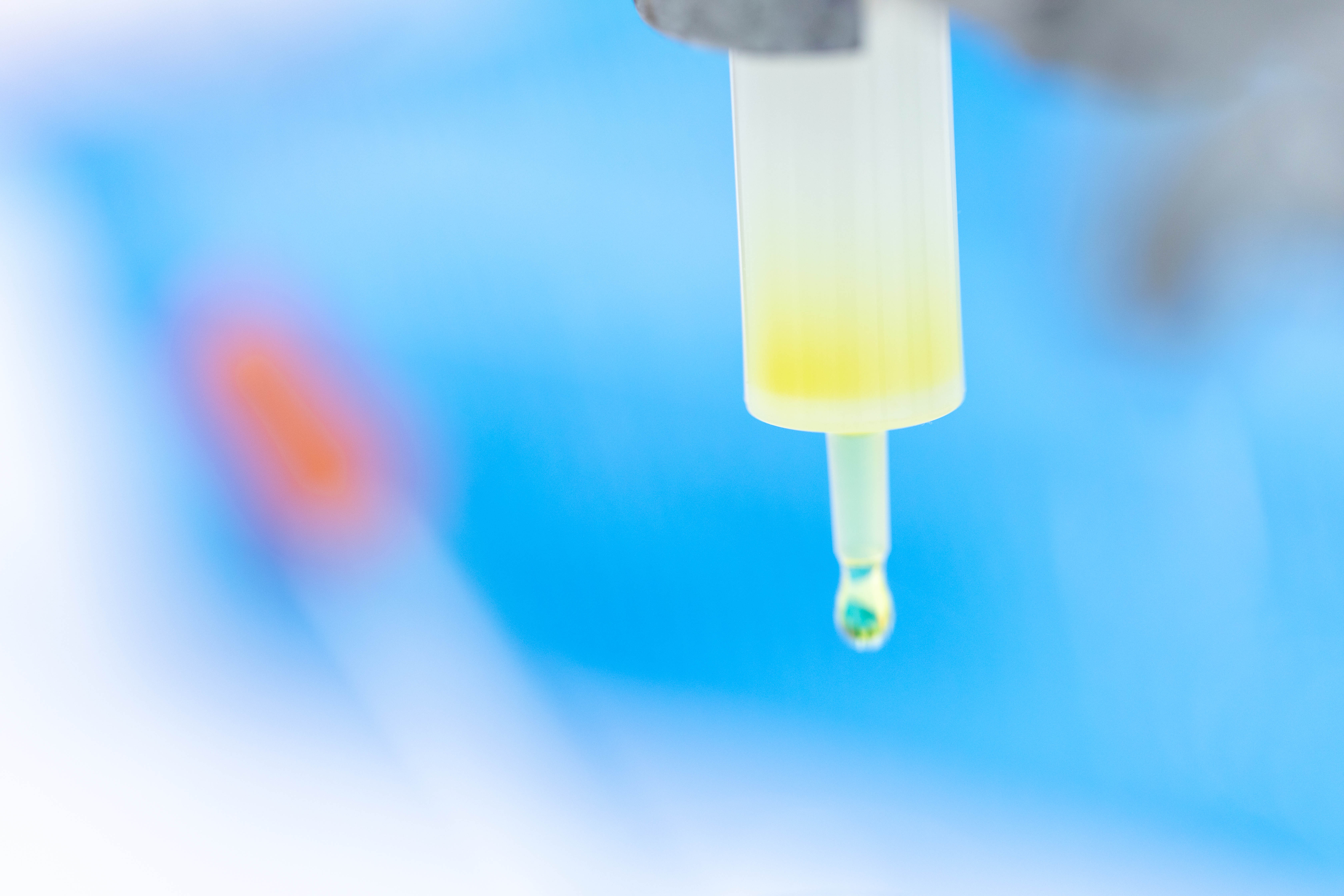From the sea to the pharmaceutical laboratory: Agarose as a base for gels to separate molecules
Wed, 01/07/2020 - 13:11
Agar or agar-agar is a polysaccharide obtained from the cell wall of certain species of algae with a characteristic reddish color, such as those of the genus Gelidium. The main fractions of agar molecule are agarose and agaropectin.
Agarose is one of the main components of agar and is obtained through a rather complex purification method. This natural product forms an inert and non-toxic matrix, which is an indispensable tool in many techniques of molecular biology, biochemistry, and cell biology.
The most widespread use of agarose is to cast gels that can separate molecules by electrophoresis (depending on the mobility of the molecule in an electric field), although there are other applications of great impact in the pharmaceutical industry, such as chromatographic techniques (separation of components of interest from a complex mixture) and the manufacture of biopharmaceutical products.
Agarose serves as a superior resin base that can separate biomolecules such as proteins, antibodies, antigens, and enzymes with different physical characteristics (size, charge, etc…) by allowing individual molecules in a mixture to migrate through a column at different speeds.
Agar and its most valuable extract, agarose, are indispensable to many different fields and industries, from the food industry, to home science, to pharmaceutical laboratories. Although it may be difficult to believe, this simple molecule of natural organic origin is one of the keys to purifying the biopharmaceuticals of the future.

